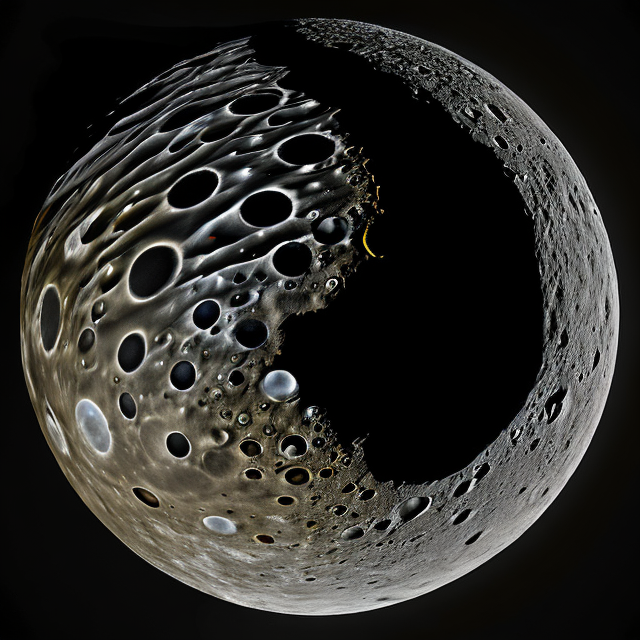|
|
Space Astro
|
Info for exoplanet "Sehyochi"
| Scientific (actual) data |
|---|
| Name | Kepler-269 b |
| Planet status | Confirmed |
| Radius | 0.22 |
| Orbital period | 5.32672 |
| Semi major axis | 0.061 |
| Discovered | 2014 |
| Updated | 2021-02-05 |
| Tconj | 2455190 |
| Impact parameter | 0.62 |
| Publication | Announced on a website |
| Detection type | Primary Transit |
| Alternate names | 2MASS J19205164+4146334 b, K01127.01, KIC 6359320 b, KOI-1127 b, KOI-1127.01, WISE J192051.63+414633.6 b |
| Star name | Kepler-269 |
| Right ascension | 290.22° |
| Declination | 41.78° |
| Mag j | 14.438 |
| Mag h | 14.14 |
| Mag k | 13.961 |
| Star distance | 2418.83 |
| Star metallicity | 0.02 |
| Star mass | 0.98 |
| Star radius | 0.96 |
| Star temperature | 5847 |
| Star alternate names | 2MASS J19205164+4146334, KIC 6359320, KOI-1127, WISE J192051.63+414633.6 |
| Wikipedia article | Kepler-269 b |
Back
| |
| Fictional info (?) |
|---|
| Suggested name | Sehyochi |
| Planet type | Hot planet |
| The nitric oxide has probably photodissociated, and the free ethane has been swept into interplanetary space by the solar wind because of the lack of a hydrogen peroxide layer. |
| Atmosphere | Ethane | 48% |
| Water vapor | 25% |
| Nitric oxide | 19% |
| Hydrogen peroxide | 5.3% |
| Krypton | 3.1% |
| Ammonium hydrosulfide (NH4SH) | 0.00079% |
| Atmospheric pressure | 1.1 bar |
 |
| No known satellites |
| Google search for Sehyochi |
|
Website by Joachim Michaelis
|
|
|
|